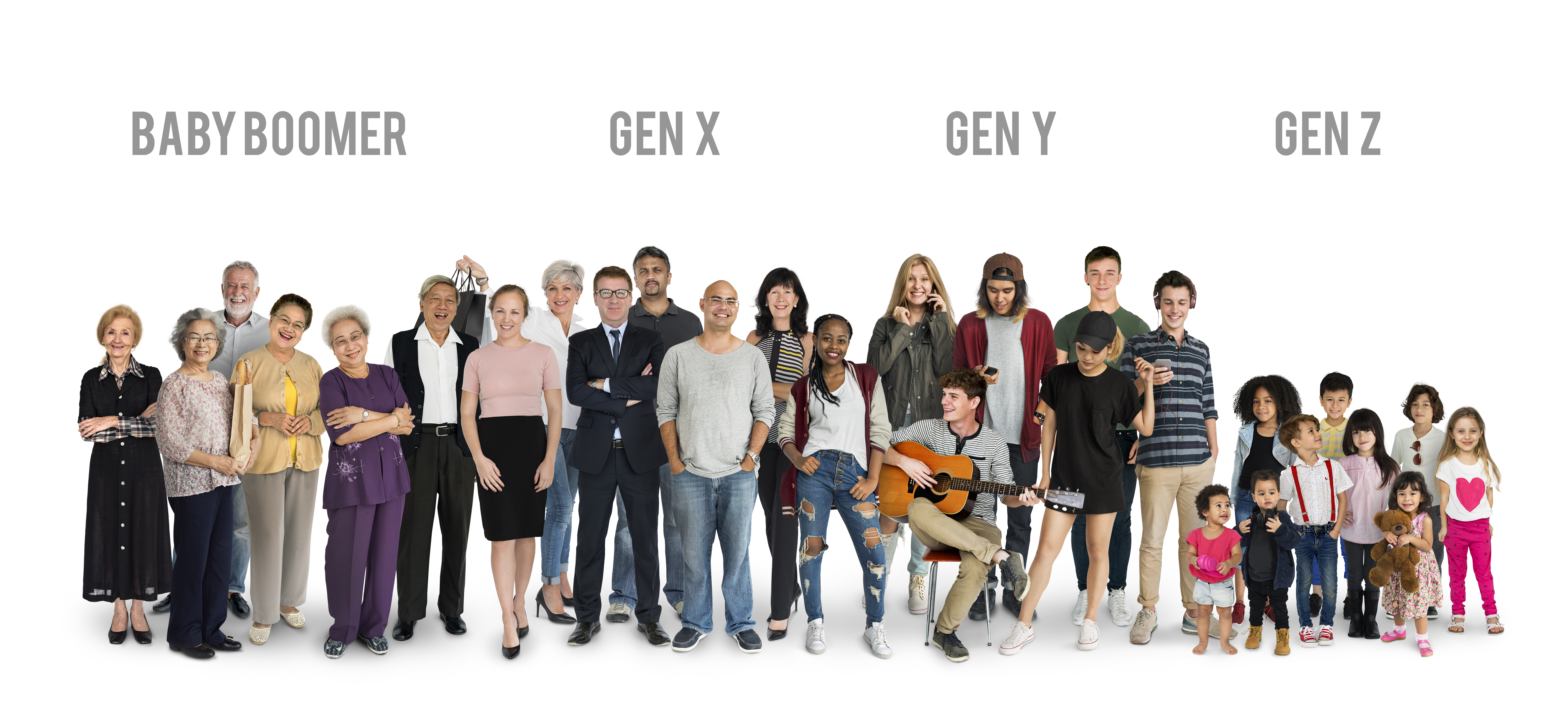COLLECTIVE EXPERIENCES shape each generation — whether it’s World War II or Vietnam, the election of JFK or the scandal of Watergate, the invention of the television or the rise of the Internet, and even listening to the Beatles or Bruce Springsteen growing up. The experiences of our formative years influence each generation’s values and core beliefs, their preferred methods of communication, the products they need, and ultimately, their buying decisions. Understanding these shared beliefs is at the heart of generational marketing. Big brands appreciate the need to understand generational nuances. That’s why we are surprised when they make devastating generational marketing blunders, like marketing to current customers with little more than a nod to the upcoming generation of consumers. The customer buying from you today is important, but the next big thing for your industry is the next generation. Ignore the rising generation, and you’ll risk brand irrelevancy. If big brands with their resources can make this misstep, smaller companies should take heed to avoid following suit.
Prior to the late 1960s, Playtex owned the girdle market. However, Baby Boomer women, who were just beginning to control a decent percentage of undergarment purchases, didn’t value confining undergarments. They also had great influence over purchases made by their parents, ultimately influencing their mothers to opt for more comfortable alternatives to the girdle. Playtex wasn’t in touch with the needs of its next generation of customers. The brand didn’t research Baby Boomer’s needs or target its marketing to that next generation accordingly — and it paid for the mistake dearly. Eastman Kodak is a more recent casualty of the generational marketing war. Despite inventing the first digital camera, Kodak was fearful to stray too far from its roots in film and film-based cameras. It was slow to fully embrace digital technology and commercialize it. Basically, Eastman Kodak wasn’t listening to its next generation of customers. If asked, Gen X would have shouted “no more film.” By the time Eastman Kodak turned its sights toward the digital world, the brand had become irrelevant to Generation X and Millennials. The financial investment to convince the next generations otherwise, combined with competitive pressure, was insurmountable. Kodak declared bankruptcy in 2012. These are serious lessons to learn. Don’t lose sight of your future customers. Listen to feedback on your product and service developments often, and never forget to target your marketing so it resonates with the next generation.





